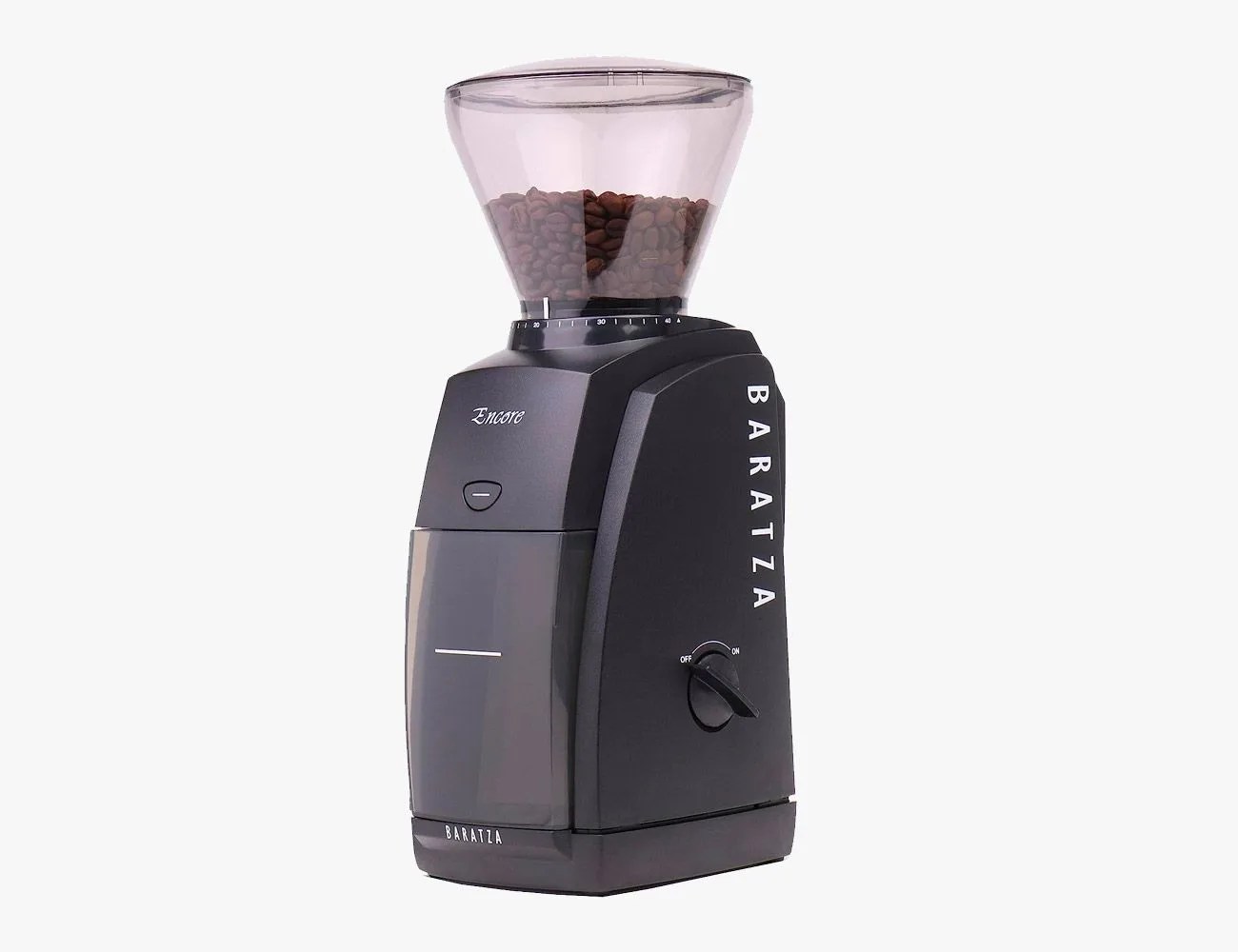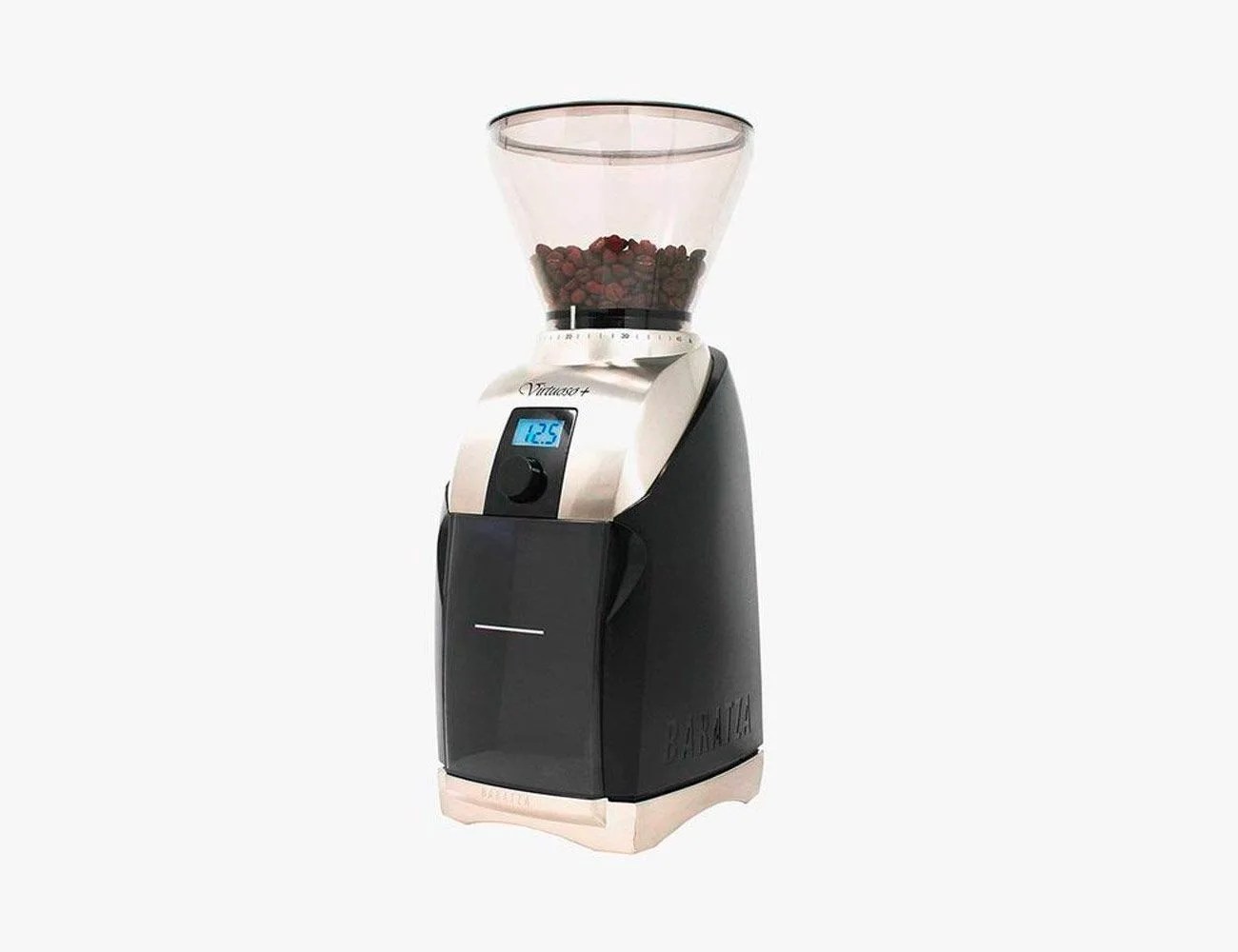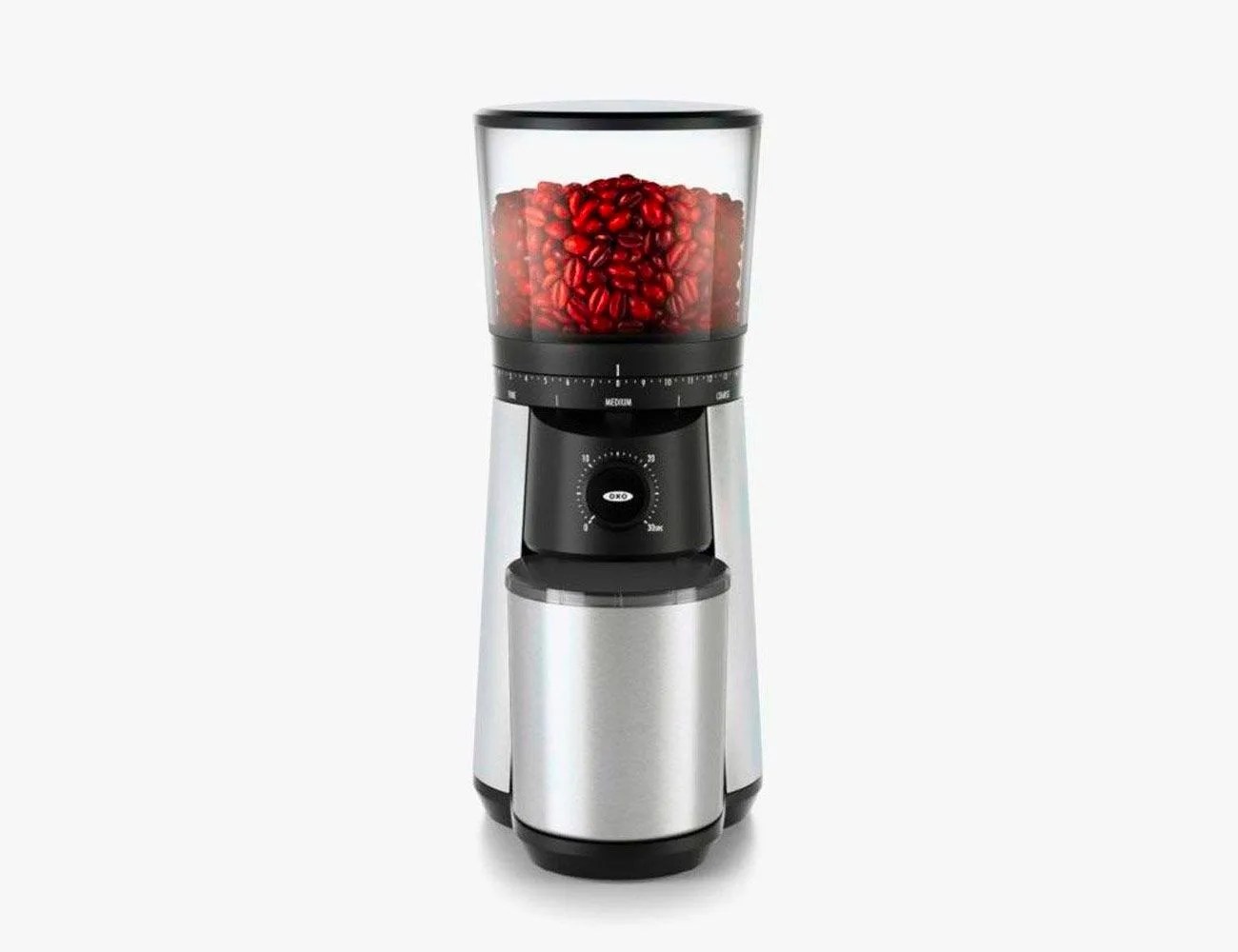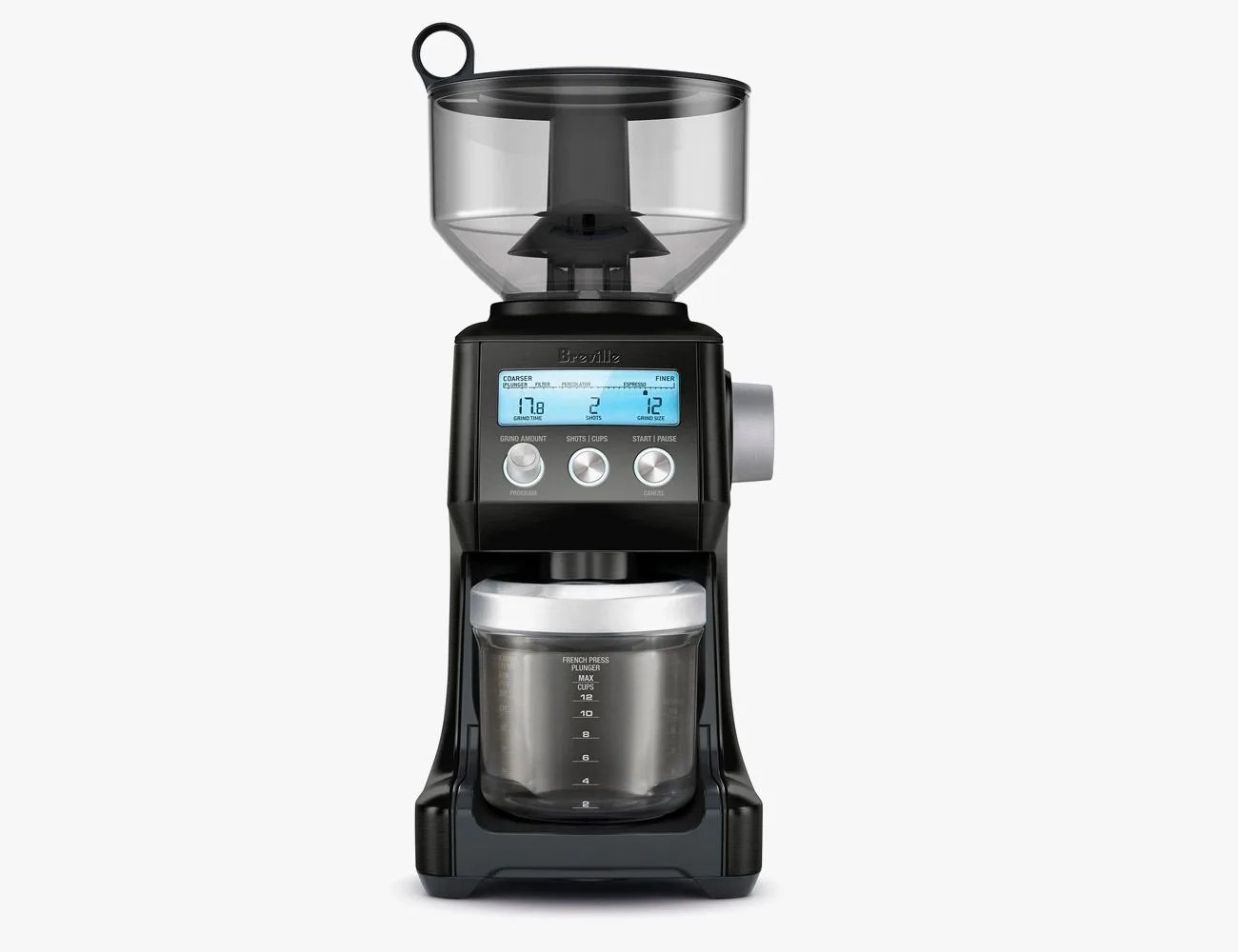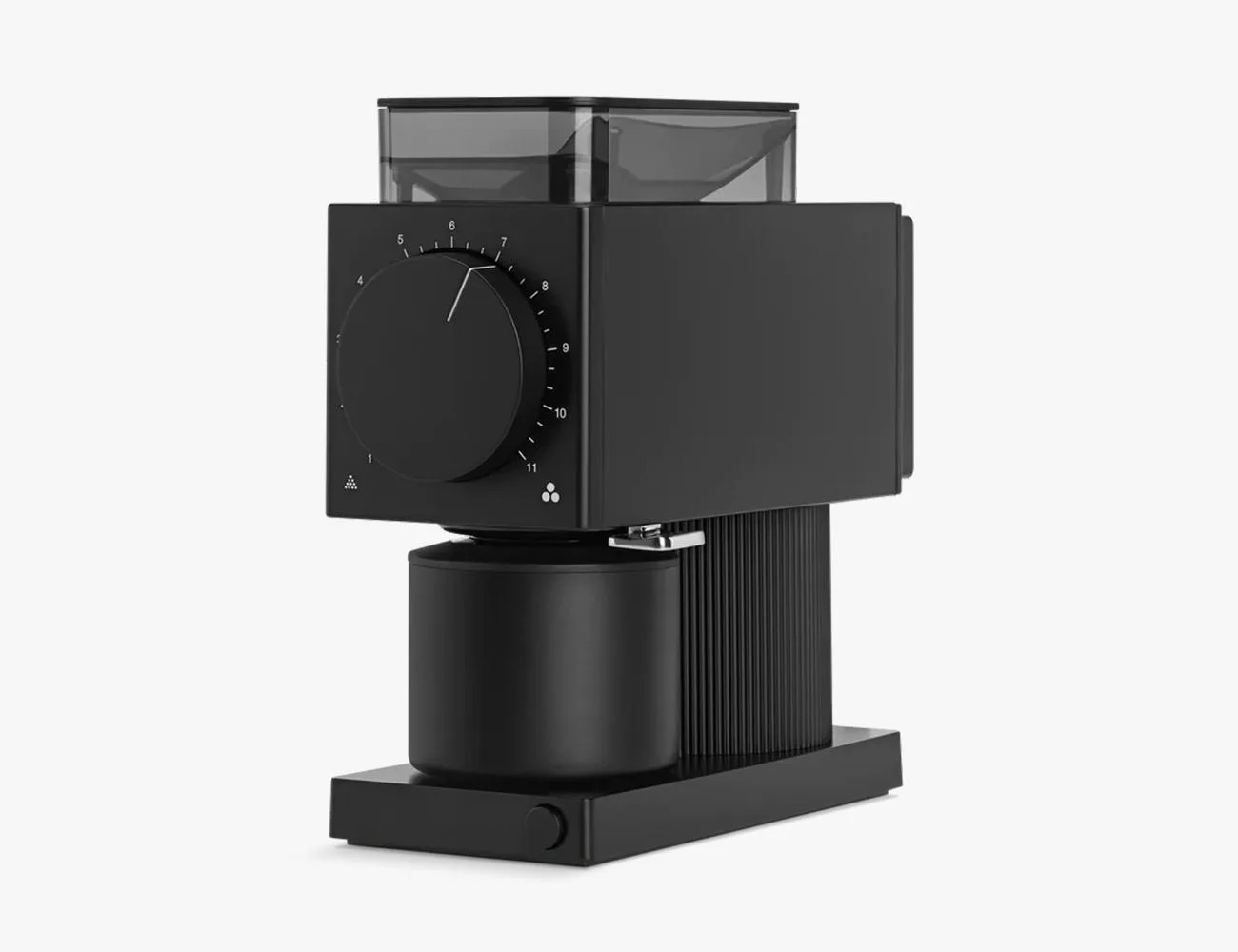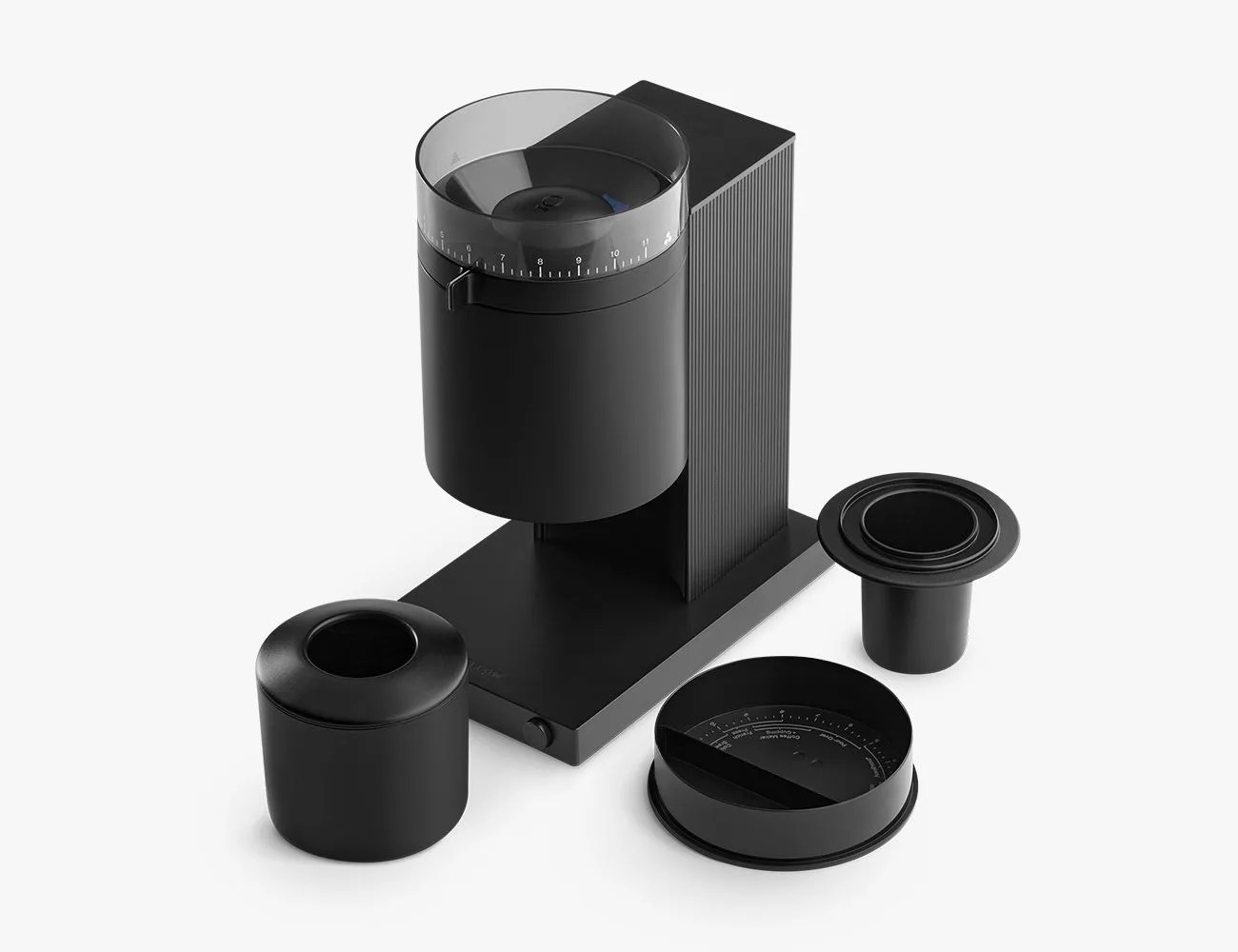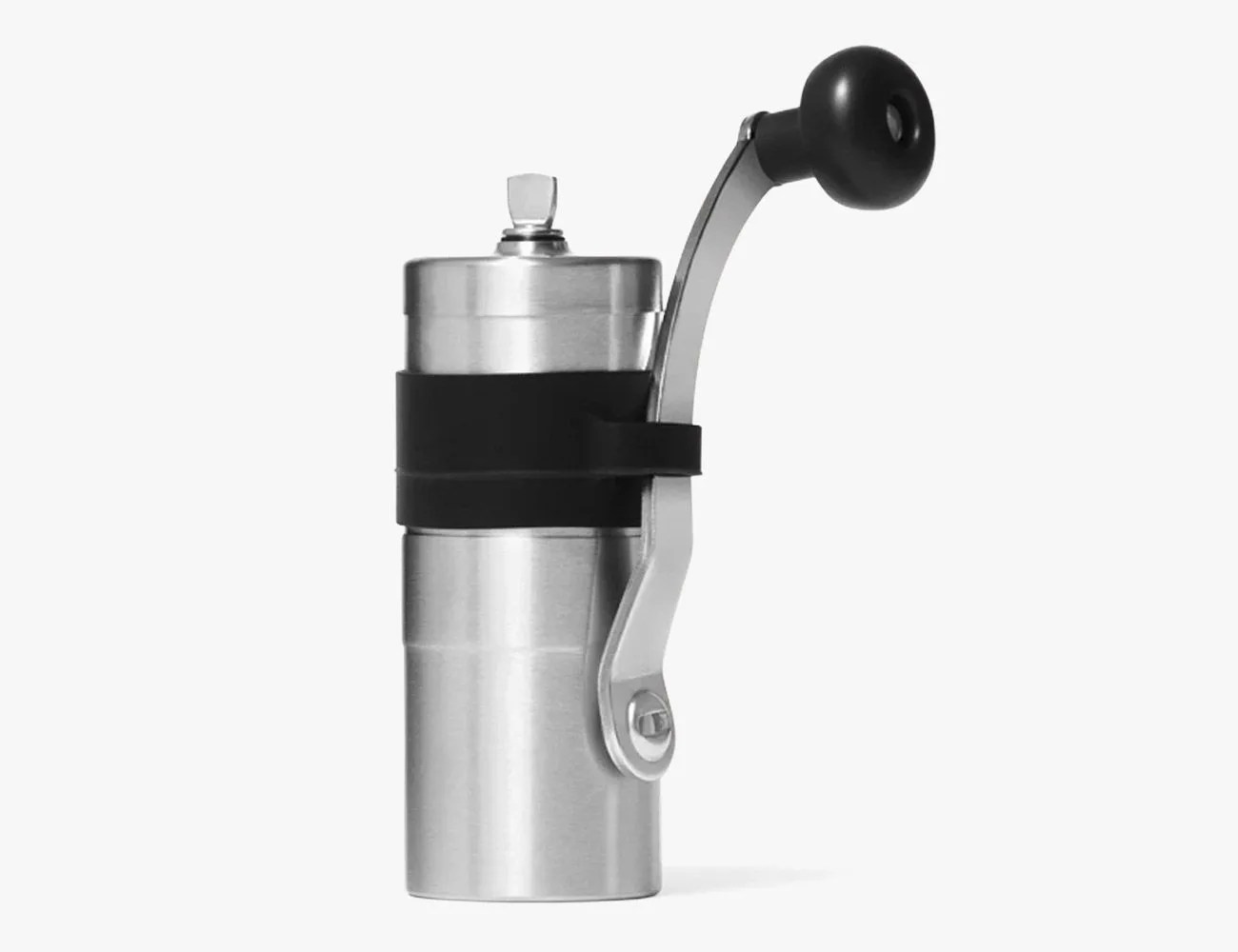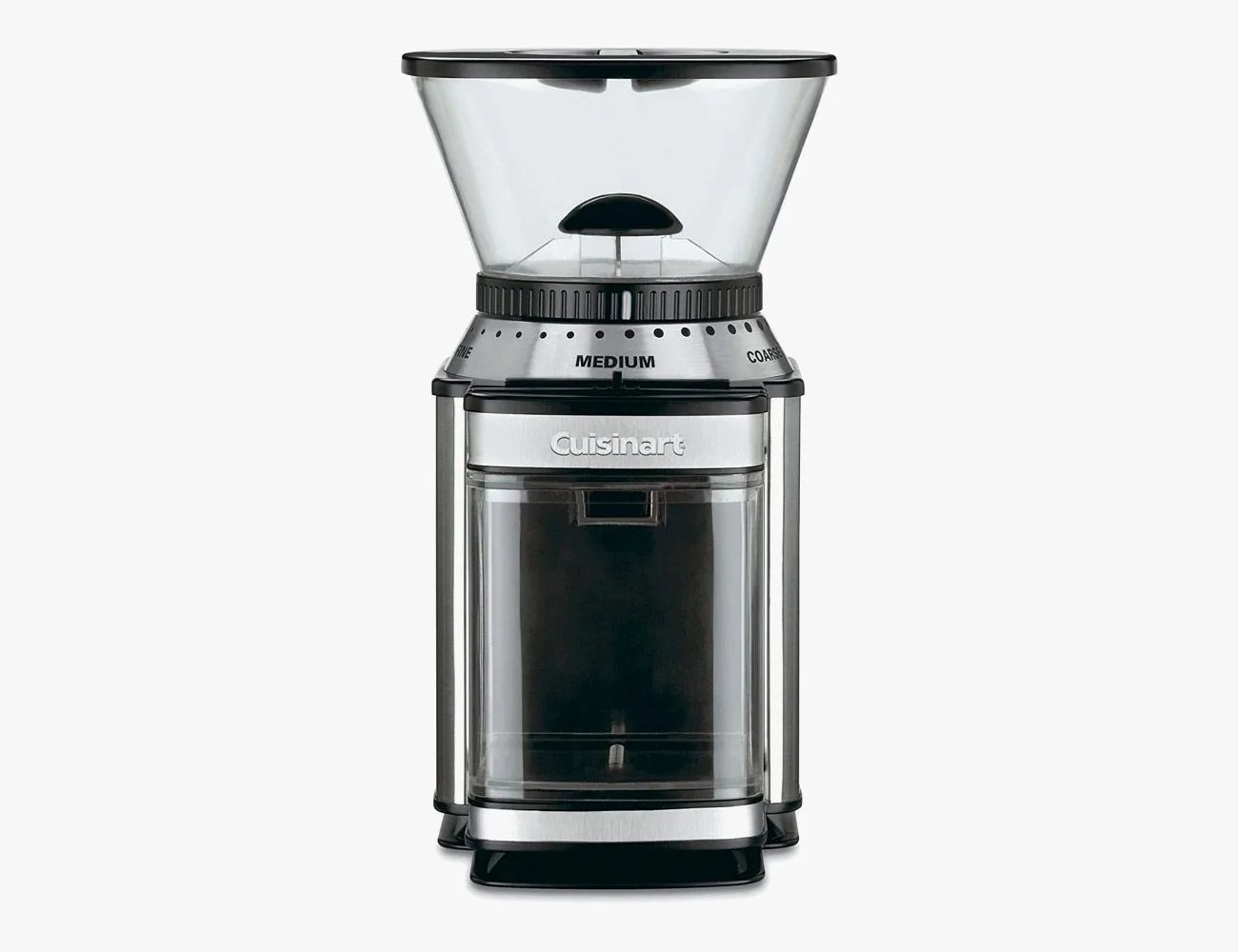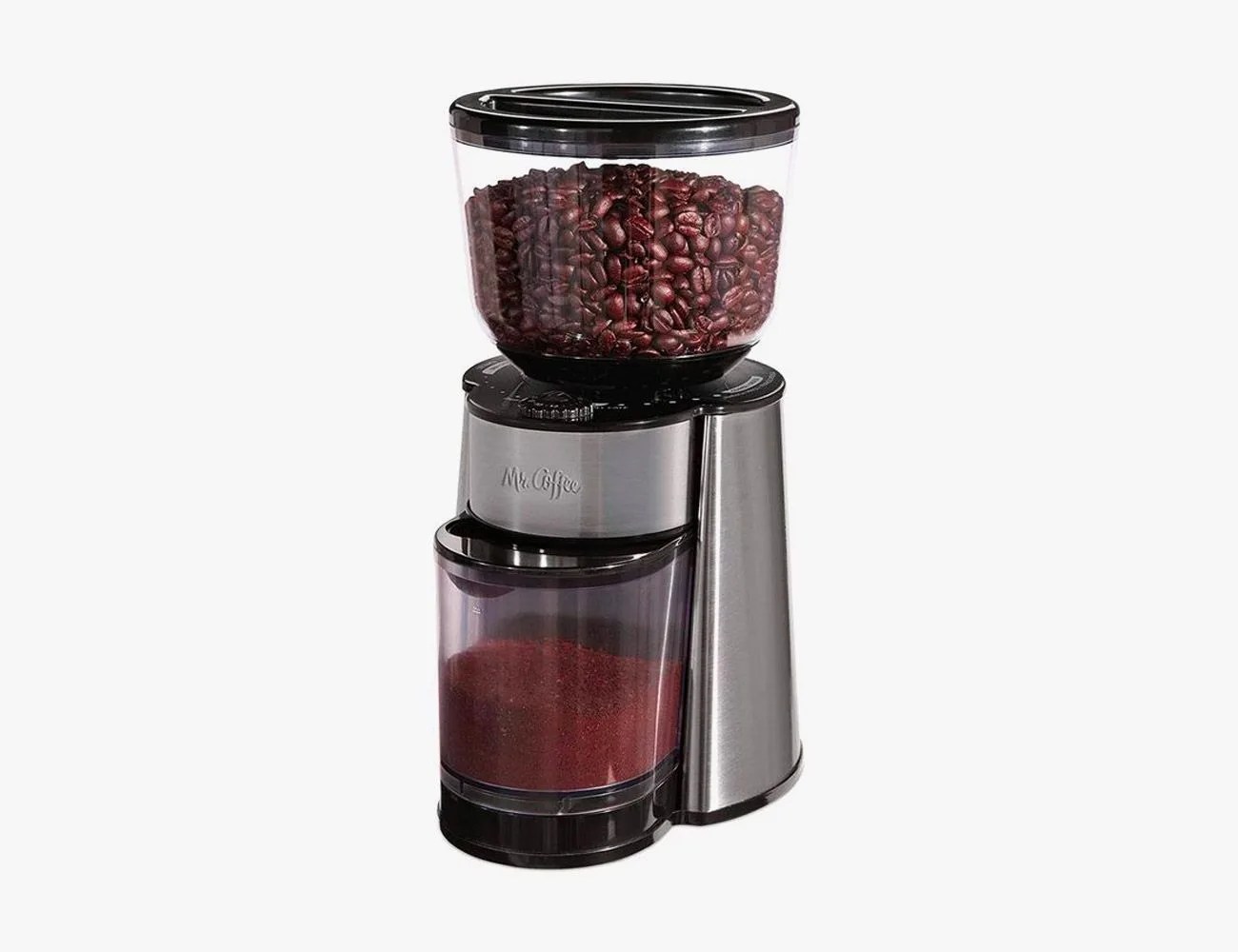As it pertains to making better coffee in the morning, no decision yields a greater effect than switching from pre-ground to whole-bean coffee. Roasted whole bean coffee carries with it the aromatics of the bean for a few weeks after roasting, and remains stable and “fresh” for much longer. Pre-ground coffee expels all the bean’s natural aromatic and exposes the grounds to particles that distort flavor — in other words, pre-ground coffee is stale coffee.
To convert whole bean coffee to ground coffee, we need a coffee grinder. But not all grinders are created equal. We tested what most experts consider the world’s best coffee grinders, comparing size, speed, price and performance, to identify which machines to buy, and these are the ten best coffee grinders to buy.
Products in the Guide
-
Baratza Encore
Best Overall Coffee Grinder
Read more -
Baratza Virtuoso+
Best Upgrade Coffee Grinder
Read more -
Oxo Brew Coffee Grinder
Best Budget Coffee Grinder
Read more -
Breville Smart Grinder Pro
Best Coffee Grinder for Espresso
Read more -
Fellow Ode Brew Grinder Gen 2
Best Coffee Grinder for Drip Coffee
Read more -
Fellow Opus Conical Burr Grinder
Best Do-It-All Coffee Grinder
Read more -
Porlex Mini Grinder II
Best Hand Coffee Grinder
Read more -
Cuisinart Supreme Grind Automatic Burr Mill
Best Entry-Level Coffee Grinder
Read more -
Mr. Coffee Automatic Burr Mill Coffee Grinder
Best Coffee Grinder for the Budget-Conscious Shopper
Read more -
Baratza Sette 270
Best Coffee Grinder for Coffee Nerds
Read more
What Makes a Good Coffee Grinder?
Burrs, Not Blades
A rule of thumb: burr grinders rule, blade grinders drool. Where a blade grinder works more like a blender, chopping away at beans at the blade level, burr grinders effectively chew and crush beans. The difference between the two is dramatic. When coffee is put in a blade grinder — which are typically inexpensive and designed for spice grinding — only the beans that are in contact with the blade are brought to size. This means the beans that sit below the blade, or wedge themselves into corners, are left at a completely different size, while the beans at blade level are turned to dust.
“A nice burr grinder is going to allow you to dial in your grind setting exactly to how it’s brewing,” says Natalie Van Dusen, founder of Montana’s Treeline Coffee Roasters. “Using a blade grinder is equivalent to chopping your coffee into uneven pieces. This results in an inconsistent cup, because you have an inconsistent grind setting.” In other words, pots of coffee made with a blade grinder will never be replicable.
But even after you choose to go with a burr grinder, you’re still left with one more choice to make: conical burrs or flat burrs. Flat burrs are more expensive to manufacture and therefore are often found in pricer grinders, but one type is not necessarily better than the other. Flat burrs generally offer more consistency and uniformity in their grinds, which is good, but they can also retain more grounds and are more difficult to clean, which is not so good. It all depends on your preferences.

